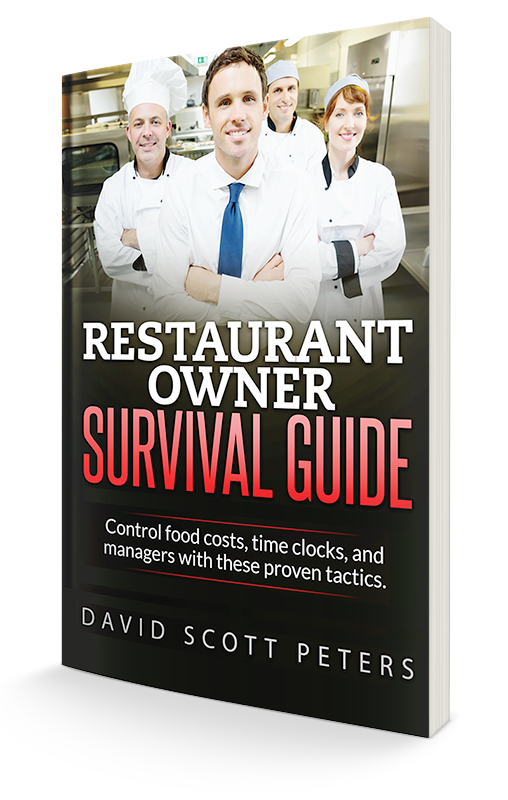Accrual Accounting for Restaurants
So, what is accrual accounting for restaurants?
I advise all of my members – independent restaurant owners like you – to set up their businesses on an accrual accounting basis. Accrual accounting is based on “Earn, Owe, Use.”
“Earn” means that all sales, whether collected or not, are recorded the day they happen. For almost every restaurant scenario this happens on a daily basis. But for some restaurants that do banquets and catering, they may receive payment weeks after the party took place. In accrual accounting, even though that restaurant may not have received the check for weeks, the sales are recorded the day they occurred.
“Owe” means that anytime a product crosses your backdoor or a service is conducted in your restaurant, whether paid for or not, it is recorded as an expense the day they showed up. This is where many restaurants calculate their prime cost number incorrectly. They often add up all of their purchases to represent their total cost of goods sold. This couldn’t be any more incorrect and like with any mathematical calculation, if you start with bad numbers, you’ll get a bad result. If you’re running your restaurant on bad numbers, you are destined to make nothing but bad decisions when it comes to your restaurant’s profitability.
“Use” means exactly what it sounds like: what you used in product. For instance, if you sell a burger, you’ve used an 8 oz hamburger patty, two slices of tomato, 2 oz of shredded lettuce, a bun, etc. While you may have purchased four cases of hamburger patties, two cases of tomatoes and so on, cost of goods sold represents ONLY the food product that actually left your shelves to bring in sales. The only way to know what left your shelves is to conduct a complete inventory at least once a month, every month.



